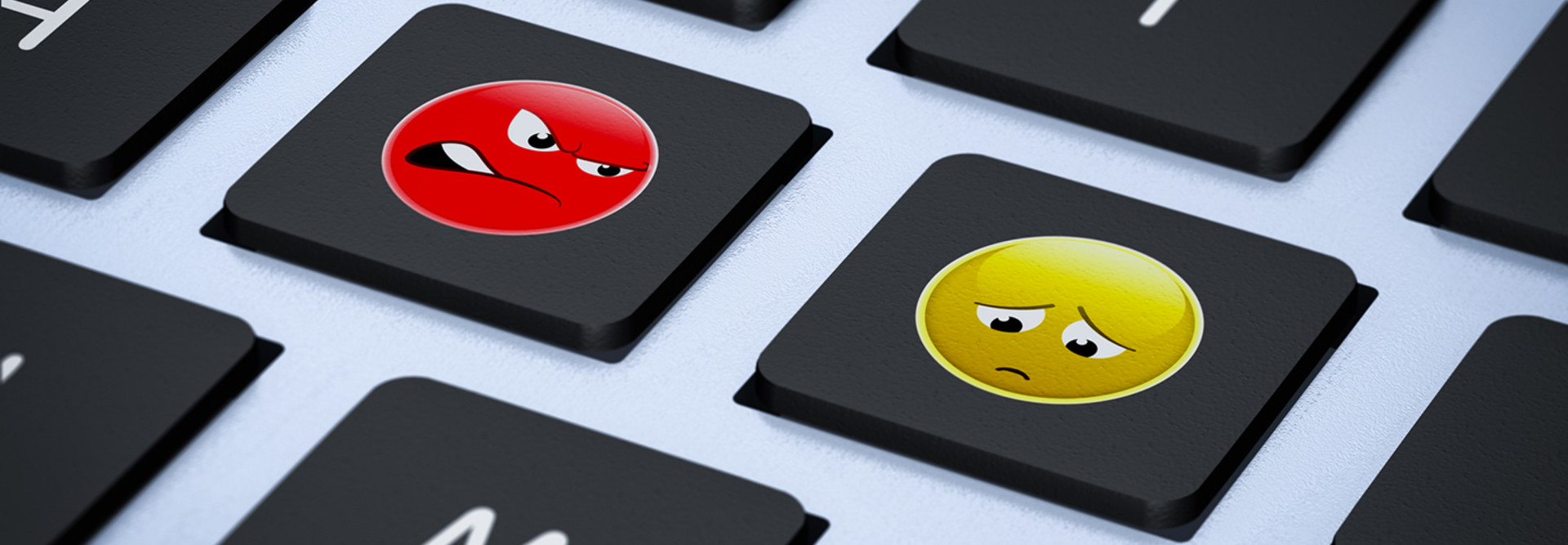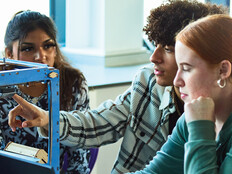Teaching Students Digital Civility Goes Hand-in-Hand with Tech Rollouts
If you can’t beat ’em, join ’em.
The internet has become ubiquitous in our lives, so much so that we ask our smartphones questions before we consult each other. School districts have latched onto this by bringing the technology into classrooms. Where once phones and tablets were banned, they’re now welcomed and used as part of the curriculum.
And why not? It makes perfect sense. More than 90 percent of teenagers engage in online use and more than 75 percent of them own cellphones, according to the Pew Internet and American Life Project. Teens use the internet more than any other medium to gather and share information and to connect with one another.
Because young people are continuously online, even in school, it’s important for schools and parents to consider the implications of their online activities. We can’t give students a device and tell them how to use it without having a deeper conversation first about how they use these devices to communicate with the world.
Children can be bullied, victimized, scammed or led to disclose personal information through the web. In fact, the Cyberbullying Research Center reports that one of every four teens has experienced bullying while online. So it’s important for us to assess and fully understand the risks involved with putting a device in the hands of a young person, and then to share that information with them.
Starting Tech Programs with Online Civility
Many schools using one-to-one or bring-your-own-device programs are incorporating digital citizenship messages into their lesson plans.
For instance, in a recent EdTech article, we noted that Microsoft’s resources give educators a starting point for lessons on digital civility.
The company urges stakeholders to take the Digital Civility Challenge, which embraces the principles of acting with empathy and compassion, appreciating cultural differences and diverse perspectives, pausing before replying, and seeking help for yourself ( as well as supporting others) after incidents of inappropriate online behavior.
Students also can learn to be better online citizens by starting with ISTE’s Standards for Students. Educators can find best practices from Microsoft, in which the tech giant urges schools to teach digital citizenship, promote social and emotional learning, and emphasize civility online and offline.
Be on the Lookout for Bad Online Behavior
There are many monitoring technologies available to keep a watchful eye on students’ online behavior while they’re in the classroom. Lenovo’s LanSchool, for instance, can help a teacher tell if his students are on task because he can check their screens.
A recent enhancement of the software is a central view for reporting all alerts. Using customizable lists of banned words and phrases, alerts are generated from keystrokes, and screenshots are taken and sent to the centralized server for analysis and follow-up. This is great news for schools who want to help students struggling, for example, with violence, bullying, suicidal thoughts, depression or eating disorders.
Creating Good Online Citizens
No matter the monitoring technology, the baseline should always be communication. Parents and teachers should start by talking to students about civil online behavior. A good technology program doesn’t start with opening a box and revealing a new device. It starts with a conversation.
This article is part of the "Connect IT: Bridging the Gap Between Education and Technology" series. Please join the discussion on Twitter by using the #ConnectIT hashtag.
![[title]Connect IT: Bridging the Gap Between Education and Technology [title]Connect IT: Bridging the Gap Between Education and Technology](http://www.edtechmagazine.com/k12/sites/default/files/articles/2014/05/connectit.jpg)









